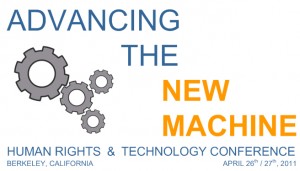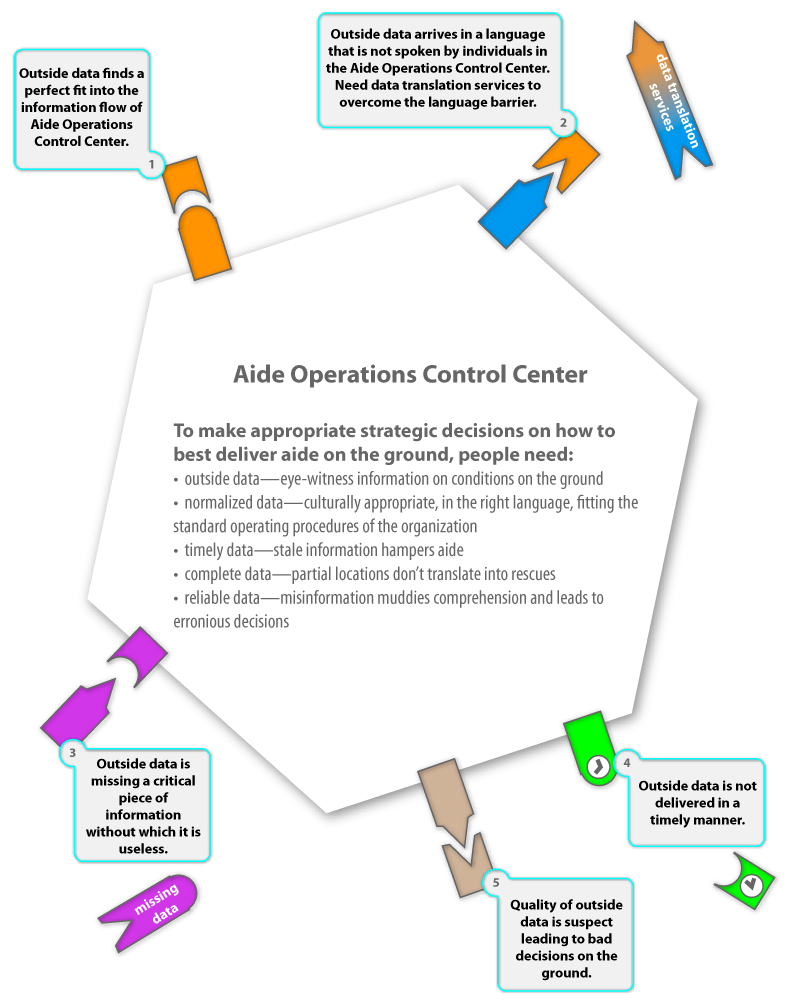
Today, I presented UCLA Law Forum at the Advancing the New Machine human rights conference in Berkeley. Below is an approximation of my presentation. How many of you have ever used a chair to reach that jar of tomatoes on the top shelf? I do it all the time. I’m the shortest member of my family and I use chairs as my personal hight extension. And I know I’m not alone. People are opportunists. We use products to get what we want. We subvert existing technologies to reach our own goals. From phones to cameras, from crisis mapping to photo editing, from news papers to forums, we manipulate and use tools and features to accomplish what we want, what we need. And we don’t necessarily use those tools for what they were designed for originally… As product designers, we need to be able to harness this opportunistic behavior to accomplish what we want. We want to direct crowds down the path that’s most productive and more aligned with goals of our projects. Two years ago, I came to The Soul of the Machine Conference to learn who are the players and what projects showed promise in using technology to advance…





